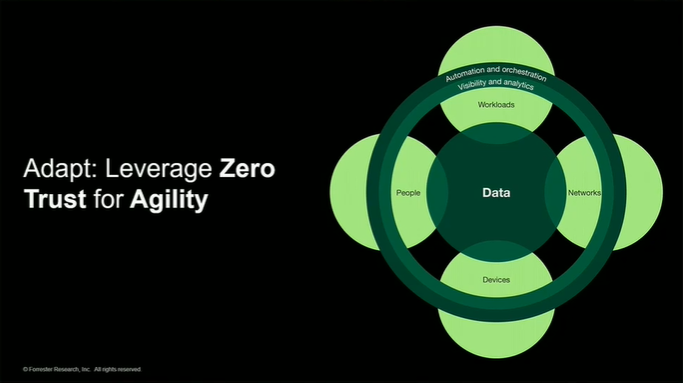Due to a range of market forces, a recurring revenue model that’s been used for decades in industries such as airplane manufacturing is undergoing a resurgence. Widely referred to as outcome-based pricing, output-based pricing, and performance pay, it offers companies a compelling way to stand out in a crowded field. Here’s a quick look at what it involves and what it takes to make it work.
With outcome-based pricing, people don’t buy products and services. Instead, they purchase the results those products and services make possible.
It’s not a new idea. For example, the concept of “Power by the Hour” for jet engines first arose in the 1960s. Customers no longer had to buy engines. Instead, they bought the outcome of owning an engine: guaranteed hours of operational performance. As part of the agreement, the engine makers took care of all maintenance and repairs.
Rolls Royce uses the same pricing method today with its TotalCare program, as do other engine manufacturers such as GE and Pratt & Whitney.
In today’s age of soaring customer expectations and increasing product commoditization, the idea of paying only for results is taking off. For companies, it provides more than ongoing, predictable revenues. Because they’re directly responsible for positive outcomes, it also deepens their relationships with customers in ways other pricing models don’t. It makes them collaborators in their customers’ success.
Here are a few examples of how various industries are using this strategy in new ways:
For all of its benefits, outcome-based pricing works well in only certain circumstances. For example, outcomes should be quantifiable and not subjective (e.g., cost savings, specific tasks performed, or benchmarks reached). Here are a few more criteria to consider if you want to know if this strategy is worth pursuing:
If your business can take advantage of outcome-based pricing, it’s well worth exploring. It gives you unique leverage in creating long-term repeat revenues. After all, when you offer customers positive outcomes, chances are they’ll want to buy them over and over again.
By Tom Dibble





